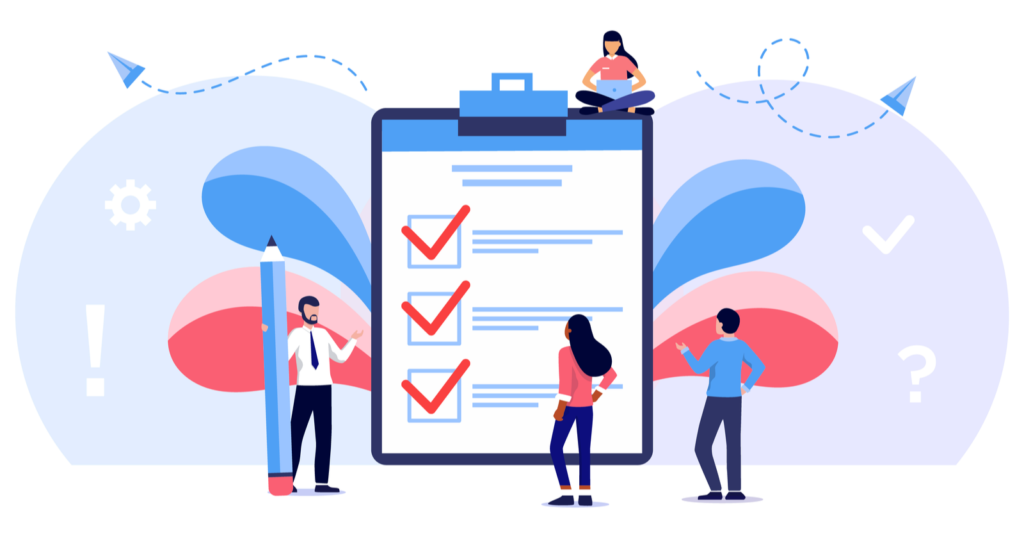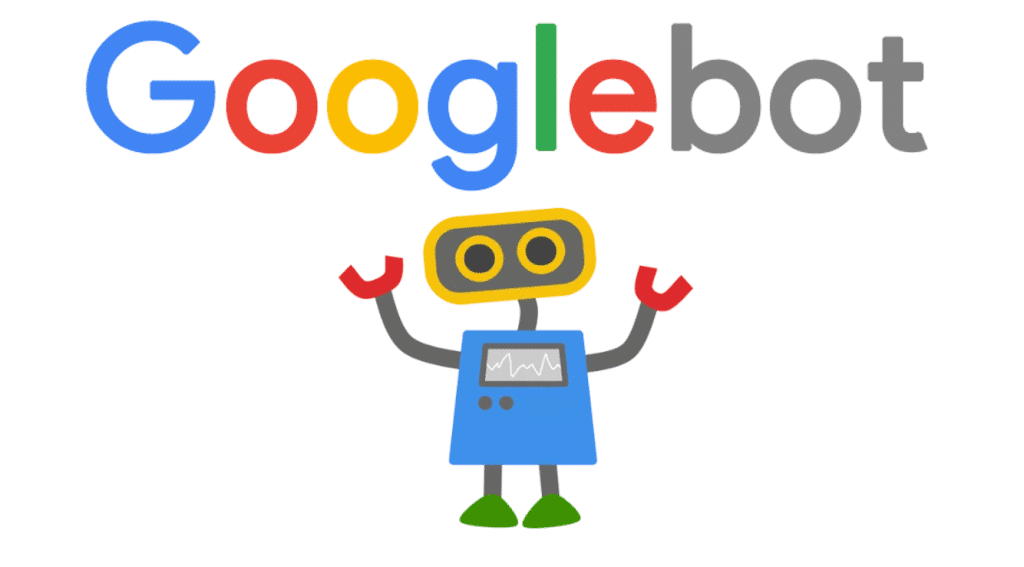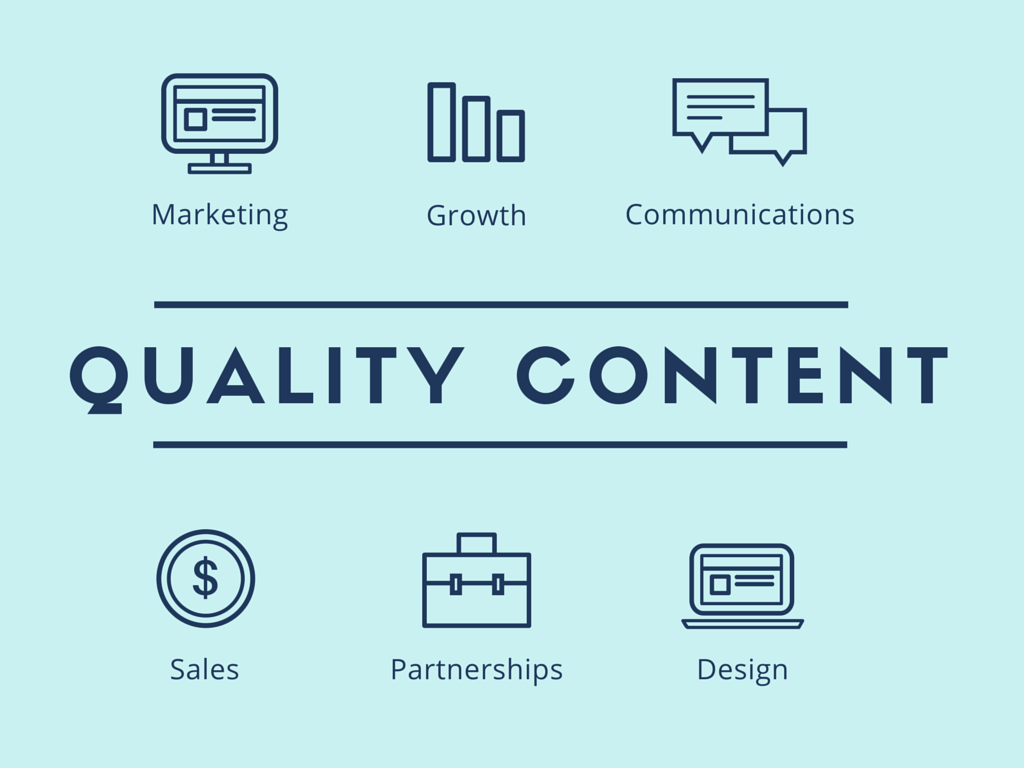
Web technology has faced a huge leap over the past few years. It has drastically moved forward in both front and backend channels. However, we have varieties of frameworks to get our work done with the domain of our choice. Especially when it comes to frontend, we have a wide range of options to choose from, that include specialized frameworks and libraries to work with.
Well, single-page websites are very popular nowadays among all these new generation web interfaces. The reason is they are very easy to scroll, navigate, and highly interactive in design. On the other hand, the SEO for Single Page Application(SPA) website is not an effortless process.
Single-Page Applications (SPA) are now trending, Gmail and Facebook few common examples. Those who are familiar with search engine optimization could tell you about the complications of SPA search engine optimization. But you should never avoid the tech as worthless. Here’s why.

Single-page applications are very easy to install and provide a smooth user experience. SPAs obtain these features by dynamically updating the website content without reloading the entire page.
There are a few methods for combining the user experience of SPA and exceptional speed with the discoverability of regular web applications. As we all know, you cannot generate traffic by only focusing on building a highly advanced application(s), you have to market it in a knowledgeable way as well.
When it comes to SEO for single-page websites it is very different from those simple web applications that use ordinary SEO techniques. It demands particular methods and specialized SEO techniques to work with. Let’s get into it in detail.
Table of Contents

A Single-Page Application is highly interactive that works inside a browser without reloading the page during its use. Single Page website combines everything into one by dynamically modify the current page instead of loading a new page for every service.
This makes it easier for the user to find all the services/features on one page, without any disturbance thus, increasing the interactive user experience for them.
There are many popular JavaScript frameworks, that can be required for SPA Javascripts and nowadays developers are using including AngularJS, VueJS, and many more, to create such types of websites.
As VueJS is relatively easy and provides amazing built-in features to build an advanced single-page application, it is quite common among developers. You can create a single-page application using Angular Js and Vue Js.
Pros and Cons of Single Page Websites
There are so many reasons behind people loving single-page design. One of the reasons is for being easy to access the entire website content in one place. As all the features or services are defined on one page and no need of reloading a new page, it facilitates the users to navigate quickly throughout the website.
If we consider mobile-friendliness, a one-page website is far better than a multi-page website, as it has responsive designs and also fits well on smartphones screens.
Single-page websites are usually tailor-made solutions for smartphones, as people nowadays look to relate with such applications that are easy and fast to navigate.
About the CONS
Everything has its own advantages and disadvantages and the same happens in the case of single-page websites. Even though they are easy to scroll and navigate, it takes lots of time to load, which is considered to be one of the reasons for the fast bouncing rate.
As the single-page applications are mainly programmed in JavaScript, that’s the reason they need a little bit extra time to load on a web browser or mobile.
Meanwhile, if you are using Google Analytics to monitor the traffic and performance of each website, it would be quite tough for you to do the same for single-page applications.
Another drawback of a single-page website is you have no idea about which content is performing well. The reason behind this is, if Google Analytics is configured correctly on Single Page Application, you will not be able to know about the performance of particular content. Thus losing users’ interest and eventually ending up with lower engagement on the website.
Basic issues of Search Engine Optimization in SPA websites
Single-page applications (SPAs) are generally considered to be non-SEO-friendly websites. The actual problem lies in their Javascript infrastructure and this is because Googlebot easily crawls the websites whose backend is in HTML/CSS, as it facilitates the crawlers to render website content.
The next issue is with the website pages. Well, it’s a fact that the search engine ranks the website pages and not the website itself. In order to get the desired ranking on search engines, the website pages are carefully written with relevant keywords and designed accordingly.
Then comes the content of the page that carries a useful volume of defined keywords and few internal links, which enables the search engine to rank the particular pages on specific keywords.
But, as we all know that in SPAs, all the pages are combined together and there is no partition between the content. So, finally, for the whole application, it just remains an individual page, totally minimizing its chances to get ranked on different keywords.
The SEO in SPA websites becomes terrible when it comes to interlinking. The crawler may find just a limited number of URLs as the high proportion of the internal links is not the part of HTML source code.
In order to access those URLs, crawlers must go for other useful steps. The step can be to execute JavaScript to retrieve those links, which ultimately causes a delay for the search engines.

It is considered to be one of the main factors used in single-page application website SEO and plays an important role in ranking websites on search engines.
Normally, the indexing of the page is done by rendering the HTML/CSS data by Googlebot. But, it is quite different in the single-page applications, as all the frontend has been created with VueJS or any other JavaScript framework.
Googlebot involves different techniques i.e, running JavaScript on the page and executing Ajax calls in order to perform crawling in VueJS applications. However, it waits for 15-20 seconds before hitting each page.
This advanced technology enables Googlebot to easily crawl single-page applications. Thereafter Googlebot indexes the content for SERPS and makes them manageable for search engine optimization.
The good news is not everything is lost for single-page applications. There are still various strategies, developers can deploy to optimize single-page applications for search engine rankings.
Let us check these techniques:
Pre-Rendering is the same as that of Server-Side Rendering, except its pre-deployment rendering strategy. The rendering procedure here takes place before the deployment of the project, unlike the Server-side rendering where it is done on live servers.
To carry out pre-rending, the first thing you need to do is, run your single-page application on any of the web browsers such as Firefox, Chrome, Mozilla, etc. After that, you need to take a snapshot of your page output and replace the HTML files accordingly as per the response to the server request.
No need to bother about the sudden load on hosting for PHP websites or any production server while using Pre-Rendering.
Server-Side Rendering
Server-Side Rendering (SSR) is basically a process in which a website page is rendered as per the requirement of the server request. It helps in facilitating crawlers to index those pages along with rendering the website pages.
To carry out server-side rendering in single-page applications, the first thing to be done is it should be executed against a virtual DOM(Document Object Model), which is later transformed into an HTML string. Thereafter, the HTML string is then added to the page and is executed by JavaScript to replace the existing content.
In this method, server-side rendering helps in making single-page applications crawler-friendly and enables the search engines to index them properly in spite of their complex JavaScript structure.
Important Factors for Search Engine Optimization in SPA website
You may be wondering what is necessary for SEO and what makes the website ranking?
Here, we won’t be explaining the details regarding Google’s indexing algorithm. In fact, no one can explain that, as it is highly complex, it’s a closed source, and updated continuously.
But fortunately, there are some tried-and-tested easy strategies that can be implemented in boosting organic traffic.
You need to master all these SEO basics, before dominating the SERP (Search Engine Results Page) with your Single Page Application.

But nothing to worry about, as you can definitely help with content discoverability, i.e. on-site and on-page optimization.
Here’s how you can do it:
NOTE:
Do you have any idea regarding the security(HTTPS) before URLs? Definitely, you need it. Here’s why.
Having a valid SSL certificate and thus an HTTPS connection will display to the users and Googlebot that you are capable of facing the evil hackers.
One important thing to keep in mind is that Google uses mobile-first indexing.
Now, it is not possible for an Old school desktop Googlebot to be first knocking at your new Single Page Application’s door, Smartphone Googlebot will do it for you.
If you already have SPA, you can go to Google Search Console settings in order to check where your indexing crawler switched to mobile.
It’ll check both the performance and usability (buttons spacing, font size, responsivity).
Single-page applications are well known for their “less downloaded content” advantage. Moreover, be careful as your mileage may vary on mobile connections and a certain section will address the mobile performance for SPA.

Today’s Google Search algorithm is way more different and dynamic. It generally considers the user-centric factors more than ever. User engagement signals and website performance plays a major role here.
Performance
There is a noticeable decrease in our collective attention span. Online searchers are more likely to leave the sites and carts by the online searchers.
Google always looks to please the users and slow-loading pages are not attractive at all. They might even get your site downranked or even penalized due to low performance.
If we consider Googlebot’s eagerness then in this case the crawler usually won’t wait for more than 5 seconds for a script to execute. Missing the particular timeout and you will have the risk of indexing issues and content rendering.
But relax, there are highly advanced practices for SPA SEO-friendly which are described in the further section.
User engagement
Nowadays, Google has been adapting to user-level signals. It reorganizes SERP rankings as per the following features:
Google has become an expert in tracking user engagement to ensure its users about the results, they are searching for.
In the early days, backlinks were measured in a “one link = one vote” pattern by Google which was a very democratic and gameable ranking process.
That’s the reason you find such artificial and spammy link-building strategies lead to serious penalties. Some of the sites disappear from Google Search, with their organic traffic, when they depend on getting their authority from unreliable links.
However, creating your website authority in the perfect way is the key strategy in SPA SEO. You can achieve this by obtaining relevant, topical, natural backlinks from trusted and appropriate websites.
Are you looking for the most popular way to do that? Building valuable content that will be used by other sites as resources (and link to) on their pages.
Few authority factors that affects your Google rankings:
URL
Well, it is strongly advised to have SEO-friendly URLs for your website. The same goes for single-page applications as well. For a better outcome, we suggest having two URL structures for your single page application, one can be the Slug URL and the other one should be the ID URL.
In the case of Slug URLs, it should be easy to understand and clearly defined with the real words separated by hyphens. It must not exceed its maximum length and have all the necessary keywords that you want to rank on.
Internal Linking
All the internal links must be arranged and placed well inside the content and must be embedded with <a> tags so that the whole page could be easily crawled by Googlebot. It is also recommended to describe all the core navigational elements within the source code and then to be placed at the top of the page.
Frequently Asked Questions?

Q. Is Single Page Application good and how it is helpful to the users?
A.Single-page applications(SPA), offer a better user experience (UX), which means that users can easily navigate between various pages in an app without waiting for the pages to load.
Q. Is Vue js is ideal for SEO?
A.Javascript is very bright in comparison to other frameworks. Nowadays, Vue. js is used in the development of various business websites, blogs, forums, and software as a service software. Proper arrangement of the Vue router helps developers to create an SEO-friendly URL through the help of history mode.
Is Single Page Applications (SPA) SEO-friendly?
A: Well, Single Page Applications (SPA) are considered to be non-SEO-friendly, as they are not easy to crawl and a bit tough for Googlebot to render the content.
Q: Is Vue better than React for SEO?
A: Neither React nor Vue is SEO friendly by nature, moreover there are certain strategies that can be used to make both of them SEO friendly.
Final Thoughts
So it is clear from the article that, Single-page applications (SPAs) are unique in design and highly interactive but yes, it has certain limitations regarding search engine optimization. We have covered all those issues that are faced by the users for single-page application SEO for search engine ranking.
As it is clear that, creating single-page applications doesn’t necessarily spell doom regarding search engine ratings. By implementing the necessary efforts, it will be easier for you to build SEO-friendly SPA.
Just as the traditional web application
In addition to this, it also provides you some advanced and important SEO techniques, and also how to utilize those best strategies of SEO in SPA websites.
If you still have some doubts related to this article or want to share some advice, feel free to post them in the comments section below.
Do share this article!
